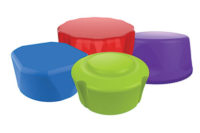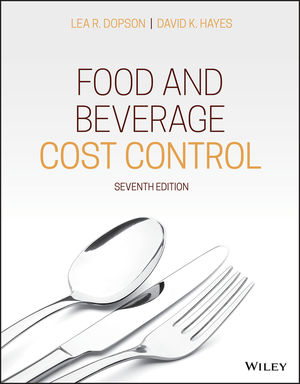Caps and closures meet ever evolving beverage trends
Premiumization, sustainability shape the future of caps and closures

Often said around the new year, the expression “out with the old, in with the new” implies getting rid of old things or ideas and starting fresh with new ones.
Within the beverage industry, where new ideas and product trends seem constantly in flux, packaging materials including caps and closures continue to be impacted, experts note.
Ron Skotleski, vice president of sales and marketing for North America Beverage Division at Crown Holdings, Tampa, Fla., highlights how new product trends focused on premiumization are impacting colored ends and tabs.
“Many new beverage products and categories that target premiumization are being introduced into the market. New beverages for ‘gut health’ (probiotics), functional water and healthy energy drinks are increasing in popularity,” Skotleski says. “With these products at a higher retail price point than other beverages, the brands command a premium package for attracting consumer attention and conveying the right messaging. This is where aluminum cans and related components like colored ends and tabs can create points of differentiation.”
Additionally, demand for on-the-go beverages is impacting the tabs and ends market, particularly for convenience stores and on-the-go purchases, Skotleski notes.
“… Standing out on the shelf is critical,” he says. “By utilizing colors and designs for tabs and ends, brands can create points of distinction in a sea of options available to consumers.”
A.J. Miller, director of marketing at Silgan Closures, Downers Grove, Ill., points to aseptic processing as one focal trend impacting closures, noting that aseptic processing can be used with many beverage categories including ready-to-drink teas, sports drinks, dairy, and dairy creamers.
“Several beverage manufacturers are moving from hot fill processing to aseptic processing. In an aseptic process the filling and sealing of the bottle is completed in a sterile environment,” Miller explains. “The benefit is that the sterile environment has no micro-organisms, which can extend the shelf life of the sealed package.
“Since the process uses less heat there is less stress on the packaging. So, both the bottle and closure can be lightweighted,” he continues. “Since the packaging is lighter, it uses less resin and thus has a lower carbon footprint.”
Noting that Silgan Closures provides a wide range of aseptic closures in both plastic and aluminum, Miller adds that sustainability is changing the market for closures as stage governments require post-consumer resin content in beverage packaging.
For example, “New Jersey, Washington ,and California are all requiring 15% PCR in beverage packaging,” he says.
Crown’s Skotleski notes that, when it comes to meeting the demands for sustainability, Crown Holdings is dedicating resources to reduce the weight of its ends.
“The consistent demand for more sustainable products is leading beverage can manufacturers to find incremental ways to improve sustainability, like lightweighting and reducing energy usage,” he says. “For Crown specifically, our goal is consistent — finding ways to improve the performance of the product, enhance service to our customers, and remove and reduce waste in our system, all with the goal of reducing environmental impact and helping our customers meet their goals.”
Beyond sustainable solutions, Skotleski notes that the company differentiates itself from the market in its ability to handle complexity and the challenges that come with SKU proliferation and changeover.
“SKU proliferation and changeover can add complexity, cost, and strain a supply chain, but it offers opportunities to meet brand needs, enhance our customer’s products, and appeal to consumers in new and interesting ways,” he says.
Aside from SKU proliferation’s continual impact on tabs and closures, Skotleski anticipates an increase in die-cut tabs, QR codes for promotional activity, and a variety of color combinations between shell and tab.
As beverage makers continue to innovate and release new and exciting products, caps and closure manufacturers are ensuring they have the packaging to match.
Looking for a reprint of this article?
From high-res PDFs to custom plaques, order your copy today!








